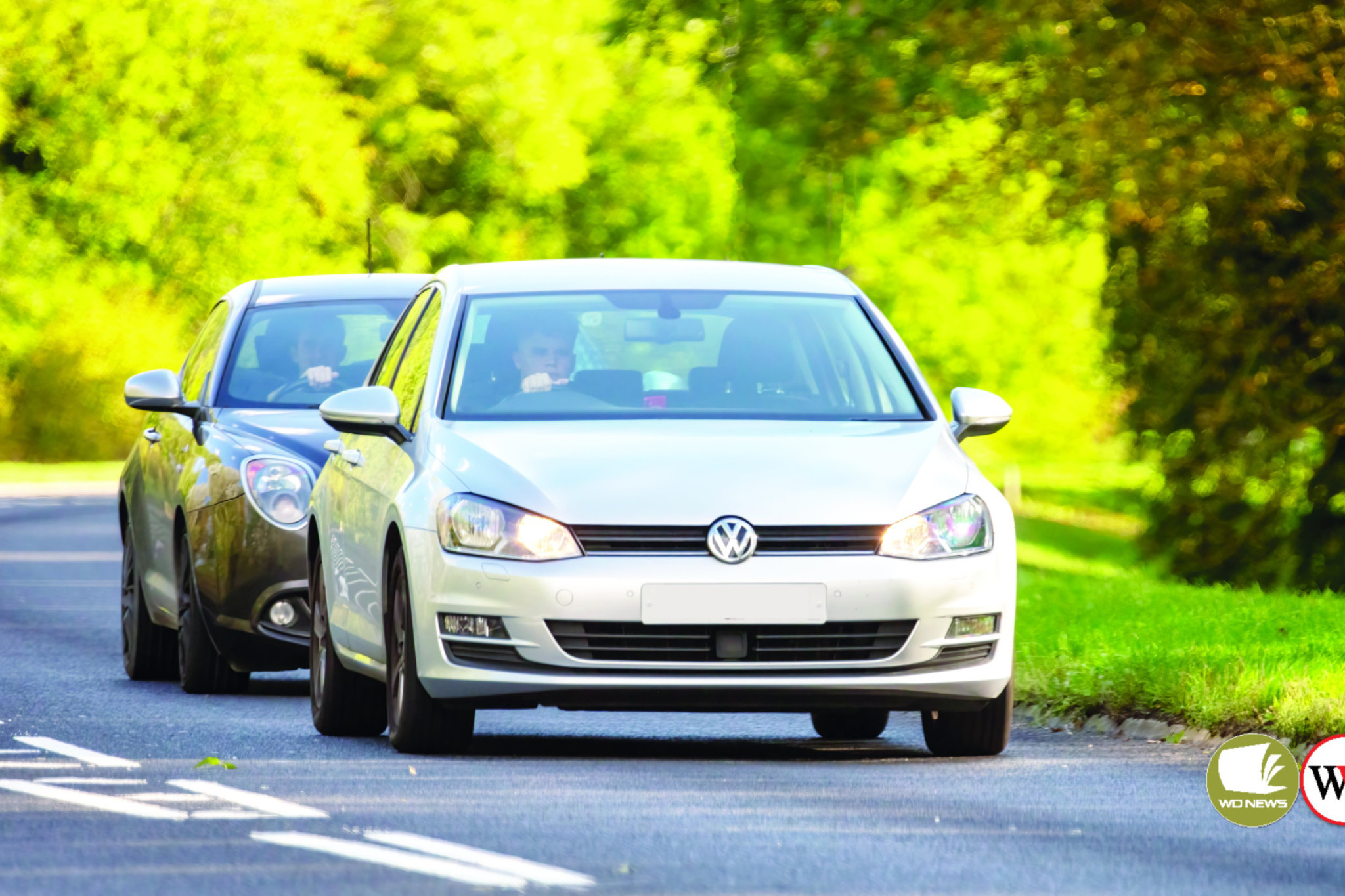General News
3 December, 2023
Tailgating a growing concern
MOTORISTS are being urged to stay vigilant when it comes to how close they’re driving to the vehicle in front of them.

The warning comes following the release of figures from Victoria Police which show more than 10,000 fines for tailgating were issued to motorists over the last five years.
In Victoria, tailgating, or ‘failing to drive a sufficient distance behind a vehicle,’ can see offenders receive a fine of up to $248 and lose a demerit point.
A total of 2108 infringements for this dangerous practice were given to drivers in Victoria last year, up five per cent from 2001 infringements in 2021.
RACV policy lead safety, Sam Lynch, said motorists needed to consider the safety risks around tailgating, with most underestimating the distance needed to stop their vehicles.
“Keeping a safe distance from the vehicle in front of you isn’t just a safe driving technique, it’s required by law,” Mr Lynch said.
“Although a sufficient distance can change depending on the road conditions and circumstances, it’s recommended to keep at least a two-second gap between your vehicle and the one in front.”
To calculate a two-second gap, Mr Lynch recommends motorists pick a fixed object on the side of the road and as the vehicle in front passes it, start counting.
If the front of your car reaches that object before you get to two, you’re travelling too close.
Slow down and increase the distance between the two vehicles.
“If you’re driving in low visibility conditions, if it’s wet or foggy, at night, if you’re tired, towing a caravan or driving a heavy vehicle, that gap should be extended to at least four seconds,” Mr Lynch said.
“The bigger the gap between the two vehicles, the more time you have to break or react to avoid a serious collision.”
Mr Lynch also said that 41 per cent of RACV motor collision claims were due to rear-end collisions, which could be due to a variety of reasons including tailgating, the front driver not breaking in time or the rear driver accidentally pressing the accelerator.
“In addition to the obvious safety reasons, motorists should also remember that in the event of a collision, it’s often the motorist who runs into the back of another vehicle that’s at fault from an insurance perspective,” Mr Lynch said.
“The at-fault driver may be required to pay the excess on the policy, which will depend on what the policy holder has chosen.”
Mr Lynch also pointed out the aggressive and intimidating nature of tailgate driving, and what motorists should do when they encounter it.
“Being tailgated can be intimidating and can divert the concentration of a motorist, resulting in collisions or leading to unsafe driving speeds,” Mr Lynch said.
“While some drivers may be tempted to box the tailgater in and even tap on their brakes to send a message, it’s simply never worth the risk to put yourself in harm’s way.
“We recommend that if you’re being tailgated or you’re uncomfortable with the proximity of the vehicle behind you, stay calm, maintain a safe speed, prioritise safety, focus on the road ahead and move over to let them pass when it’s safe to do so.”
